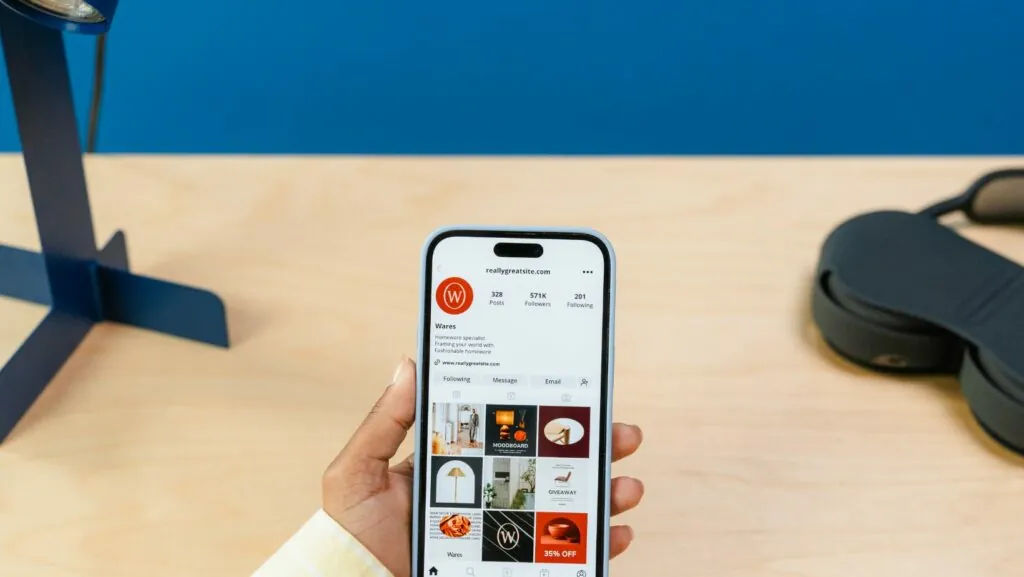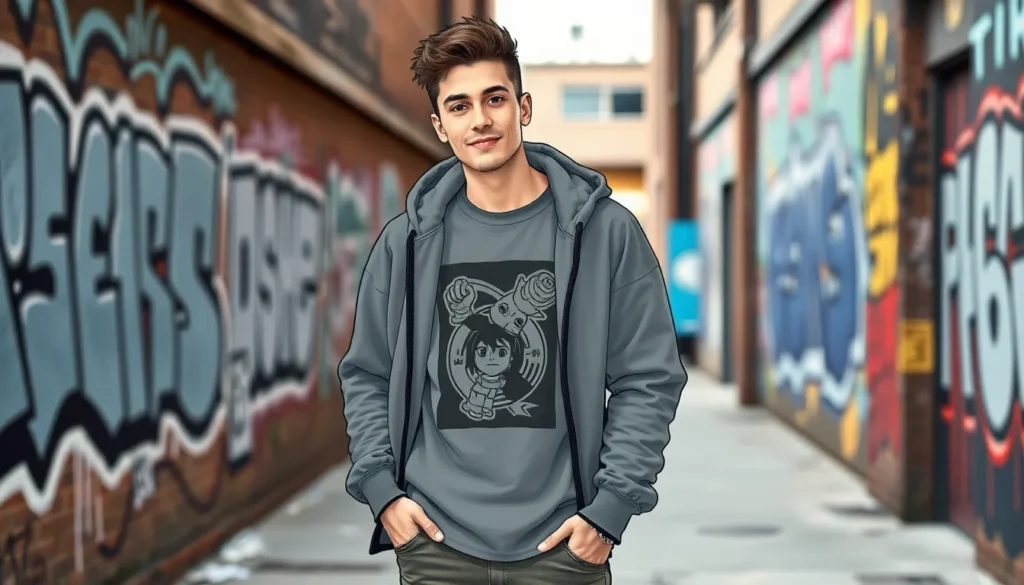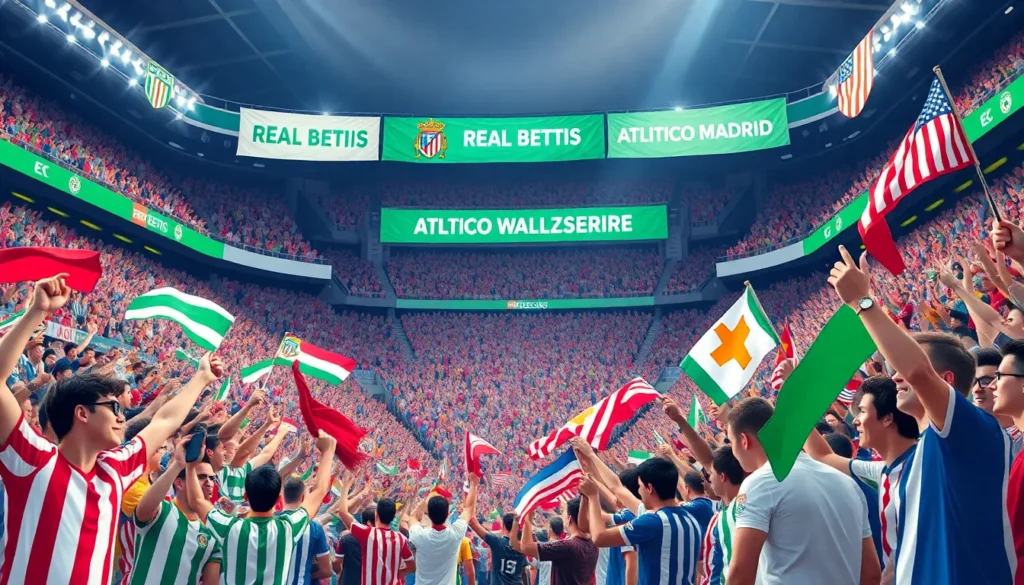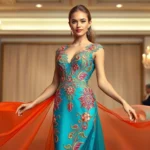In the digital-first world of fashion marketing, authenticity isn’t just a buzzword — it’s the foundation of influence. Fashion influencers today have evolved far beyond style curators. They are content creators, brand ambassadors, storytellers, and community builders. And their most powerful tool? Social media.
Through Instagram reels, TikTok videos, YouTube shorts, and behind-the-scenes snapshots, fashion influencers are crafting compelling narratives that connect with audiences on a personal level. These stories go far beyond aesthetic outfits — they’re about identity, lifestyle, self-expression, and most importantly, trust. As audiences become savvier and demand more transparency, influencers who can communicate authenticity effectively stand out in an oversaturated space.
Table of Contents
ToggleThe Evolution of Influence: From Aesthetic to Authenticity
The era of polished perfection and heavily filtered feeds is fading. Today’s consumers — particularly Millennials and Gen Z — value relatability over unattainable perfection. This shift has led to a major transformation in how fashion influencers present themselves and the brands they represent.
Instead of simply showcasing “what to wear,” influencers now focus on why they wear it. Through personal storytelling, honest product reviews, behind-the-scenes looks at photoshoots or unfiltered try-on hauls, they offer audiences a glimpse into their real lives. This narrative approach helps humanize influencers and the fashion brands they promote, creating a sense of genuine connection.
Influencers like Emma Chamberlain, Wisdom Kaye, and Matilda Djerf have become household names not just because of their style but because of their authentic, often raw content that feels more like a conversation than a commercial.
Social Media as a Storytelling Canvas
Platforms like Instagram and TikTok have become the visual journals of modern influencers. Short-form video, in particular, has become an essential storytelling medium. Whether it’s a quick outfit transition video, a thrift haul vlog, or a day-in-the-life mini-documentary, these bite-sized stories serve as micro-moments of influence.
But authenticity doesn’t happen by accident. Successful influencers strategically craft content that resonates emotionally, blends seamlessly into their followers’ feeds, and maintains a consistent personal brand. The secret lies in balancing spontaneity with strategy.
Social media stories are also interactive — they invite engagement through comments, polls, DMs, and shares. This two-way communication transforms passive viewers into active participants, building stronger community bonds and reinforcing trust.
Leveraging Technology to Craft Impactful Visual Narratives
In a content-saturated market, consistency and speed are crucial. Fashion influencers often produce a high volume of content to stay visible in algorithms and maintain audience attention. Here’s where smart tech tools come into play — making content creation more accessible, efficient, and polished, even for solo creators.
One major advancement is the use of video making apps, which have empowered influencers to create professional-grade videos from their smartphones. These apps often come with ready-made templates, editing tools, music libraries, and transitions — eliminating the need for complex editing software or outsourced help.
Video making apps also support branding elements like logos, subtitles, and overlays, helping influencers keep their aesthetic cohesive while minimizing effort. By reducing technical friction, these tools free up creators to focus on storytelling — the part that truly matters.
Moreover, many of these apps now incorporate AI-driven features such as background removal, auto-captioning, and facial recognition filters that speed up workflow and maintain quality. For time-strapped influencers, this tech-driven efficiency is invaluable.
The Power of Reels in Personal Branding
Instagram reels and TikTok videos have become the new billboards of digital fashion. Unlike static posts, reels combine motion, music, voiceovers, and storytelling into highly engaging narratives. Influencers use reels to showcase style transformations, brand collaborations, styling tips, and lifestyle vignettes.
To help streamline this process, platforms like invideo AI offer innovative tools like an ai reel generator. With invideo AI’s reel generator, influencers can effortlessly create trending Instagram reels. All it takes is an idea — the AI handles the rest, including writing the script, selecting scenes, adding voiceovers, and generating subtitles automatically.
This not only saves hours of editing but ensures each reel is professionally polished and algorithm-friendly. For fashion influencers looking to scale their content without sacrificing authenticity or quality, tools like this can be a game-changer.
Building Brand Trust Through Consistent Storytelling
The ultimate goal of any influencer-brand partnership is to drive action — whether that’s purchasing a product, visiting a website, or sharing a post. But none of that happens without trust. And trust is built over time through consistent, authentic storytelling.
Influencers who understand their audience’s values and reflect them through their content create a deeper resonance. When they integrate products into their lifestyle in an honest and thoughtful way, it feels less like marketing and more like a recommendation from a friend.

This trust translates into measurable results for brands. According to recent marketing studies, 60% of consumers say they’ve made a purchase based on an influencer’s recommendation, and trustworthiness is the top factor in that decision-making process.
Fashion influencers who prioritize storytelling over selling tend to cultivate more loyal communities and sustainable partnerships — a strategy that benefits both creators and the brands they endorse.
Humanizing Fashion in a Digital World
In an industry long dominated by glossy campaigns and celebrity endorsements, influencers bring fashion back to its most human form. They wear the clothes, style them in relatable settings, and share personal stories that give garments emotional weight.
By combining storytelling with smart tech tools, they bridge the gap between brand messaging and audience emotion. The result is not just visibility — it’s connection. And in a world where people are bombarded with content daily, authentic connection is what drives meaningful engagement.
Conclusion
The fusion of fashion, storytelling, and technology is redefining the influencer landscape. By leveraging the emotional power of narrative and the creative potential of digital tools, today’s fashion influencers are building not just personal brands, but genuine communities.
As platforms evolve and audiences demand more transparency, the influencers who will thrive are those who can craft stories that feel real, personal, and consistent — supported by the smart use of technology that amplifies, rather than replaces, their human voice.








